Animal news, feature and articles
We live on a planet with millions of species of animals -and a rich, diverse collection of known wildlife, and yet new species are being identified seemingly every day — both living and extinct.
Whether it’s the deadliest snakes, longest-living creatures or the history of the dinosaurs, at Live Science, our expert writers are here to help you understand Earth's incredible fauna — past and present — with the latest animal news, features and articles.
Editor's Picks
-
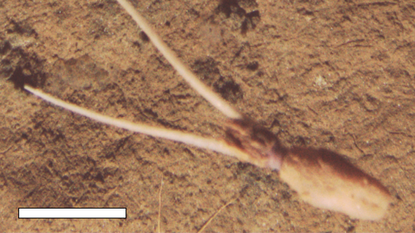
'Very novel and very puzzling': Unknown species of squid spotted burying itself upside down, pretending to be a plant
-
-
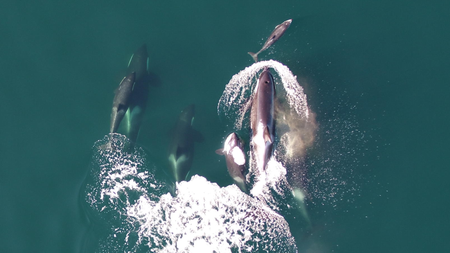
Killer whales are teaming up with dolphins on salmon hunts, study finds — but not everyone agrees
-
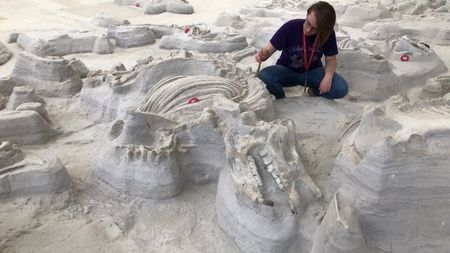
Large, bone-crushing dogs stalked 'Rhino Pompeii' after Yellowstone eruption 12 million years ago, ancient footprints reveal
-
Latest about Animals
-
-

Best binoculars for bird-watching 2026: Eyes on the skies
By Kimberley Lane Last updated
-
 Life's Little Mysteries
Life's Little Mysteries50 mind-blowing science facts about our incredible world
By Laura Geggel Published
-
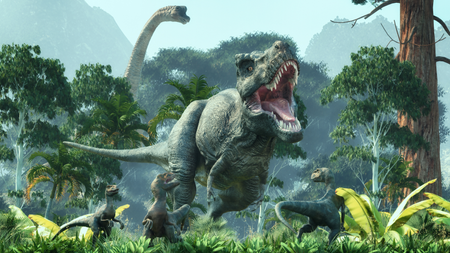
T. rex quiz: How much do you really know about the king of the dinosaurs?
By Chris Simms Published
-
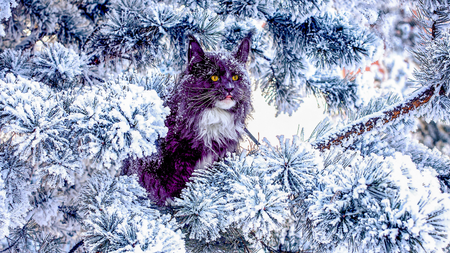
Did any cat breeds develop naturally?
By Katherine Irving Published
-
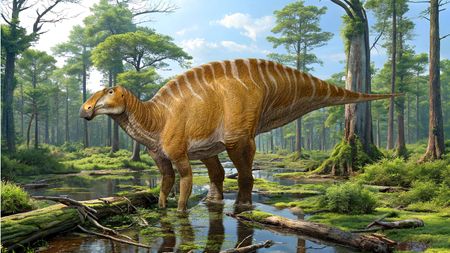
Giant 'cow of the Cretaceous' discovered almost 100 years ago identified as new duck-billed dinosaur
By Skyler Ware Published
-
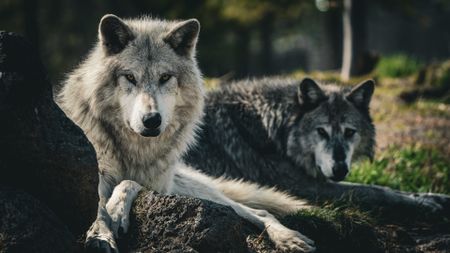
Did reintroducing Wolves to Yellowstone really cause an ecological cascade?
By Olivia Ferrari Published
-
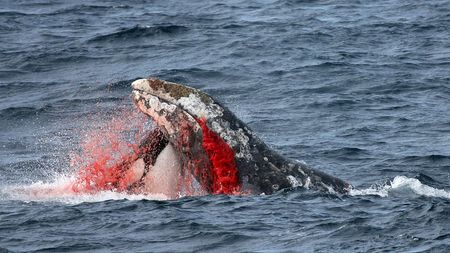
Orcas are adopting terrifying new behaviors. Are they getting smarter?
By Sascha Pare Published
-
Explore Animals
Amphibians
-
-
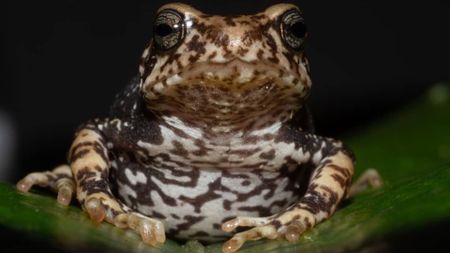
Newly discovered toads skip the tadpole stage and give birth to live 'toadlets'
By Skyler Ware Published
-
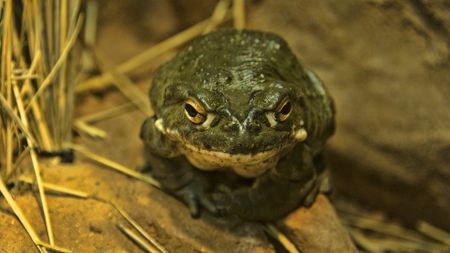
Can you actually get high from licking a toad?
By Marilyn Perkins Published
-
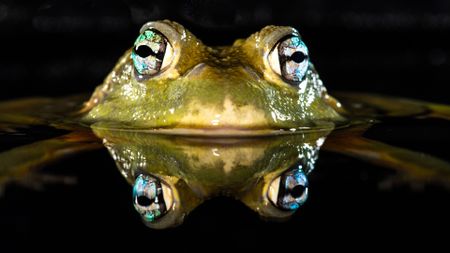
How do frogs breathe and drink through their skin?
By Sara Hashemi Published
-
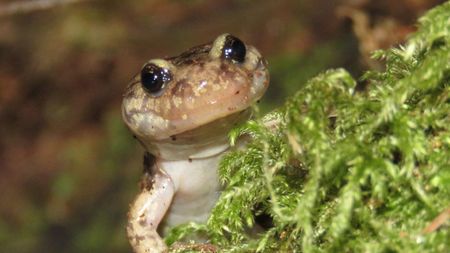
Wandering salamander: The tree‑climbing amphibian with a blood‑powered grip
By Jay Kakade Published
-
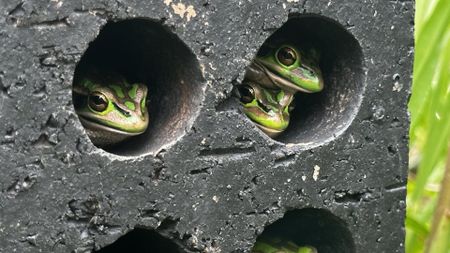
Fungus is wiping out frogs. These tiny saunas could save them.
By Anthony Waddle Published
-
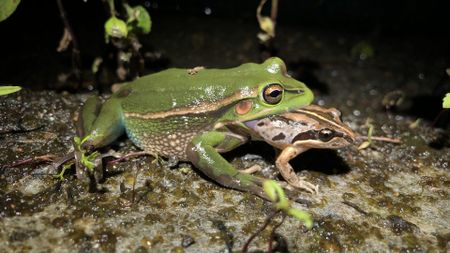
'It's risky for male frogs out there': Female frog drags and attempts to eat screaming male
By Jacklin Kwan Published
-
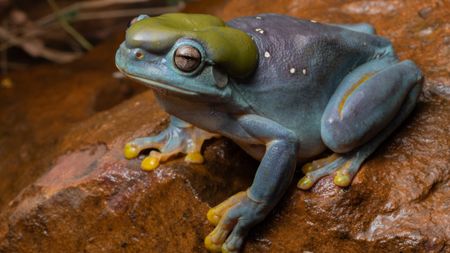
'Lovely freak of nature': Mutant blue frog hops into wildlife sanctuary workshop
By Sascha Pare Published
-
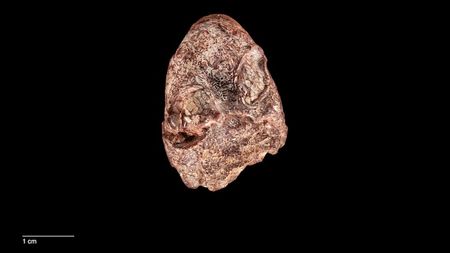
'Kermit the Frog' creature that lived 270 million years ago looked like a 'stout salamander' with 'cartoonish' grin
By Jennifer Nalewicki Published
-
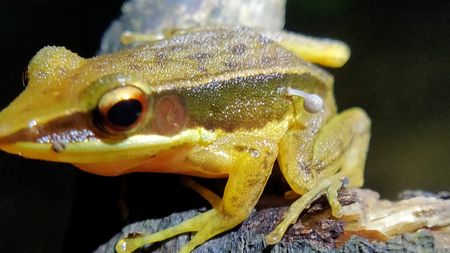
Why is a mushroom growing on a frog? Scientists don't know, but it sure looks weird
By Elise Poore Published
-
Arachnids
-
-
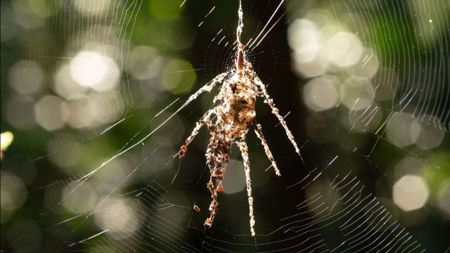
Tiny spiders that build giant 'puppet' decoys from disembodied prey discovered in Peru and Philippines
By Sascha Pare Published
-
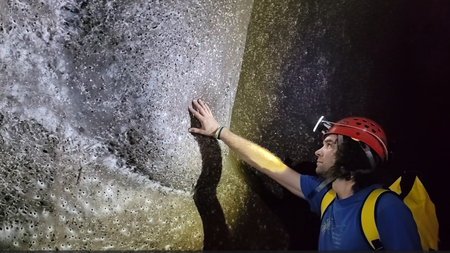
World's biggest spiderweb discovered inside 'Sulfur Cave' with 111,000 arachnids living in pitch black
By Sascha Pare Published
-
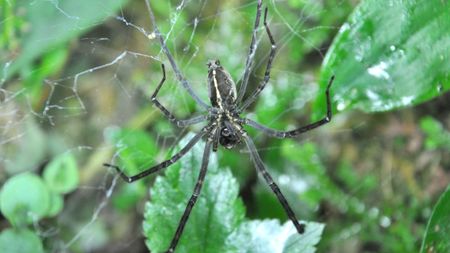
Spiders seen keeping fireflies as glowing prisoners that draw more prey to their webs
By Hannah Osborne Published
-
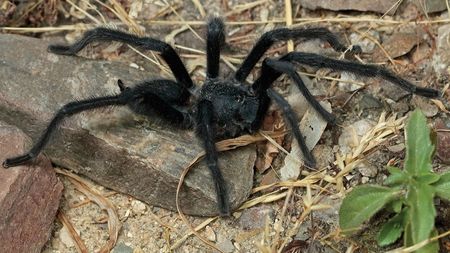 'Size really does matter'
'Size really does matter'Males of 4 never-before-seen tarantula species have record-long genitalia
By Sascha Pare Published
-
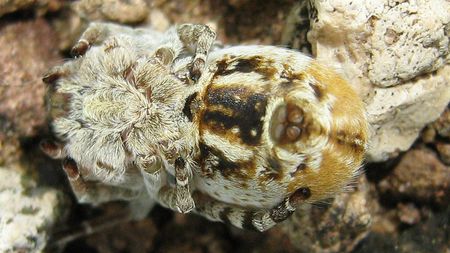
Watch 1,000 baby spiders devour their mothers and aunties alive in stomach-turning, first-of-its-kind footage
By Sascha Pare Published
-
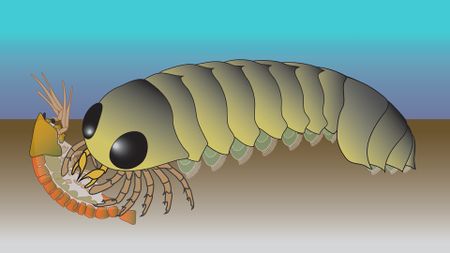
'Backward' brain of ancient sea creature hints spider ancestors evolved in the ocean
By Skyler Ware Published
-
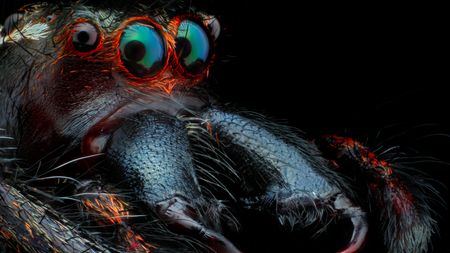 Quiz
QuizSpider quiz: Test your web of knowledge
By Christina Hughes Published
-
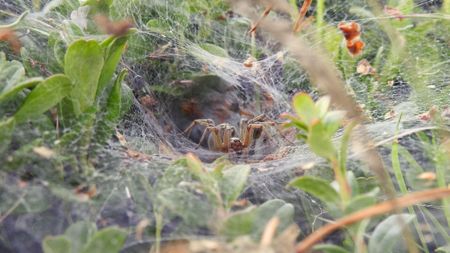
Cannibalistic spiderlings won't hunt their siblings even if they're starving
By Patrick Pester Published
-
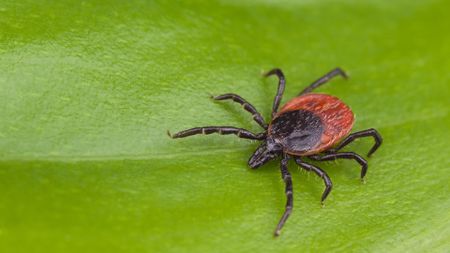
Multiple species of ticks in the US can transmit red meat allergy, CDC reports reveal
By Clarissa Brincat Published
-
Birds
-
-

Last of its kind dodo relative spotted in a remote Samoan rainforest
By Whitney Isenhower Published
-
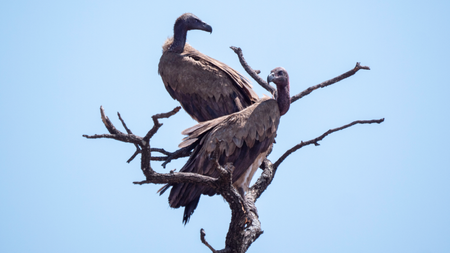
Why do vultures circle?
By Chris Simms Published
-
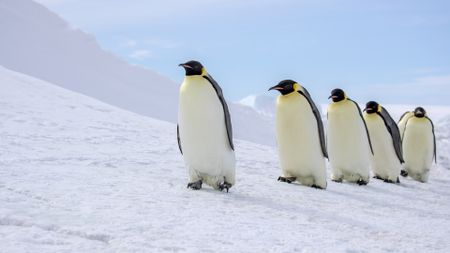
Fossil of huge penguin that lived 3 million years ago discovered in New Zealand — what happened to it?
By Daniel Thomas Published
-
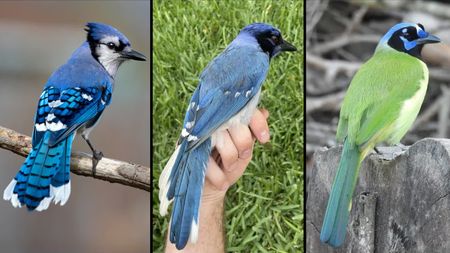
Rare blue-and-green hybrid jay spotted in Texas is offspring of birds whose lineages split 7 million years ago
By Skyler Ware Published
-
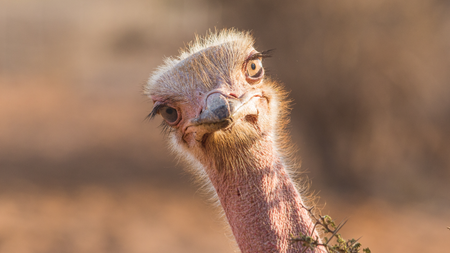
'Rare' ancestor reveals how huge flightless birds made it to faraway lands
By Chris Simms Published
-
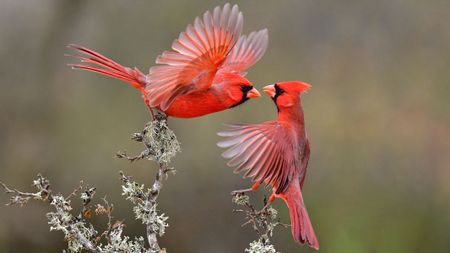
Best bird song identification apps in 2025 — Identify bird calls and improve your avian knowledge
By Kat Bayly Published
-
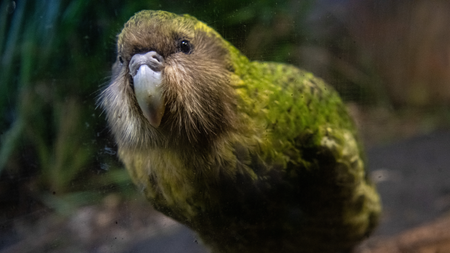
Kākāpō: The chonky parrot that can live almost 100 years
By Mindy Weisberger Published
-
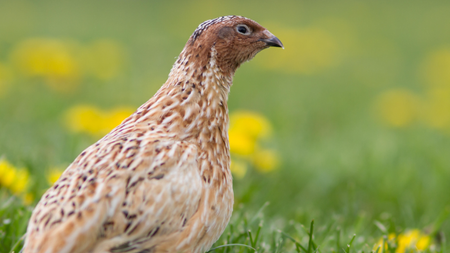
Japanese quail: The bird with weird sperm foam, a post-sex strut and a spot in space history
By Richard Pallardy Published
-
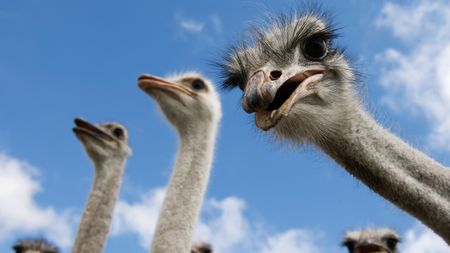 Reference
Reference14 of the biggest birds on Earth
By Scott Dutfield Last updated
-
Cnidaria
-
-
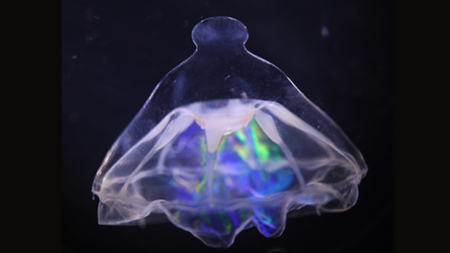
A mysterious barrier in the Atlantic divides weird deep-sea jellyfish cousins
By Sascha Pare Published
-
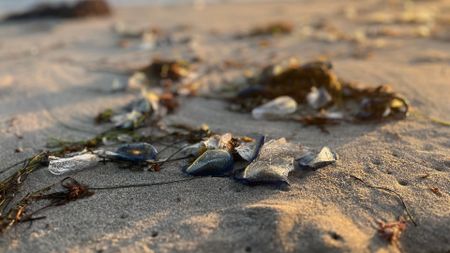
Thousands of strange, blobby creatures are washing up on California beaches
By Skyler Ware Published
-
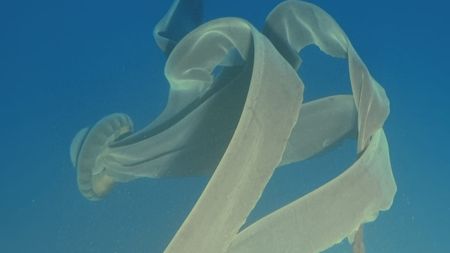
Giant phantom jelly: The 33-foot-long ocean giant that has babies out of its mouth
By Lydia Smith Published
-
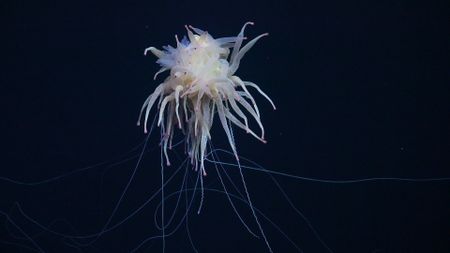
Watch 'spaghetti monster' with dozens of pink-tipped sausage legs swimming near Nazca Ridge
By Sascha Pare Published
-
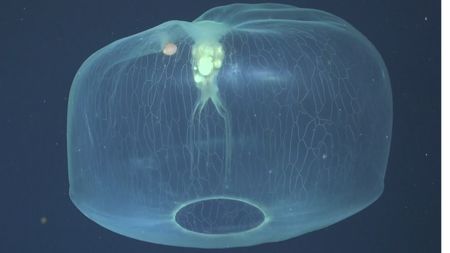
Otherworldly video captures rare jellyfish with a hitchhiker in its bell
By Elise Poore Published
-
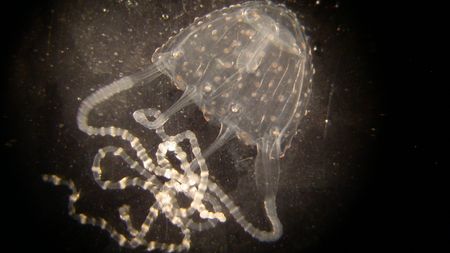
Tiny, highly venomous jellyfish stings 2 people in the middle of the ocean — forcing them to be airlifted to hospital
By Harry Baker Published
-
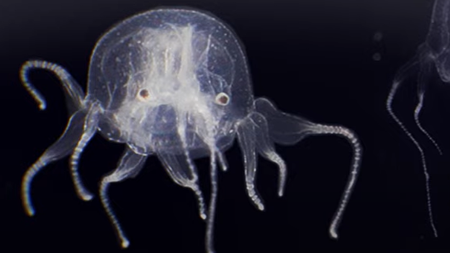
Newly discovered jellyfish is a 24-eyed weirdo related to the world's most venomous marine creature
By Sascha Pare Published
-

Alien-like giant phantom jellyfish spotted in frigid waters off Antarctica
By Patrick Pester Published
-
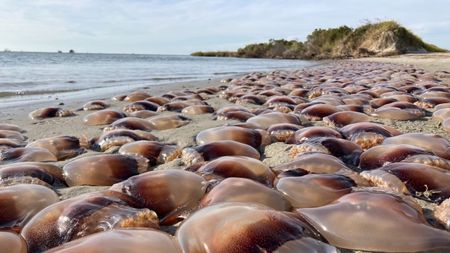
Thousands of cannonball jellyfish wash ashore after swarming North Carolina’s Outer Banks
By Jennifer Nalewicki Published
-
Crustaceans
-
-
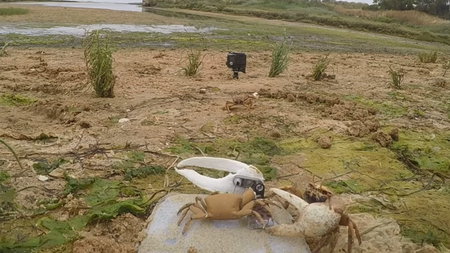
Watch robot crab 'Wavy Dave' get attacked in claw-waving contest with real crabs
By Patrick Pester Published
-
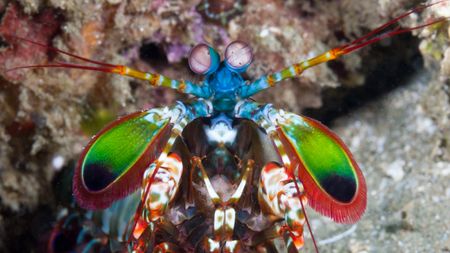
Animal kingdom's most powerful puncher generates a 'phononic shield' to protect itself
By Elise Poore Published
-
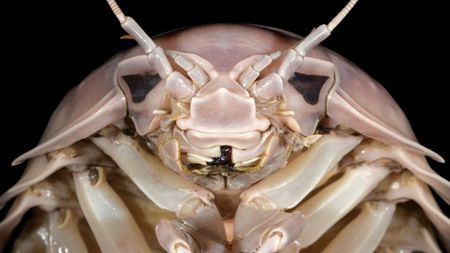
New supergiant 'Darth Vader' sea bug discovered in South China Sea — and it's absolutely massive
By Jacklin Kwan Published
-
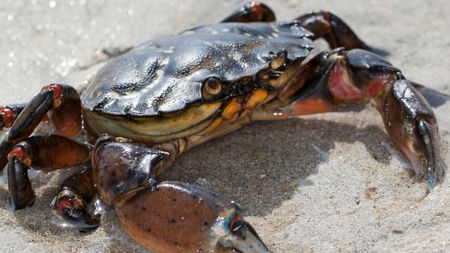
Do crabs feel pain?
By Olivia Ferrari Published
-
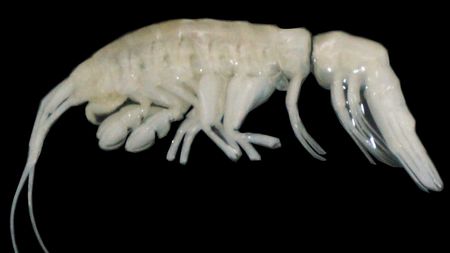
Large, ghostly white crab-like predator discovered at the bottom of the Atacama Trench
By Jacklin Kwan Published
-
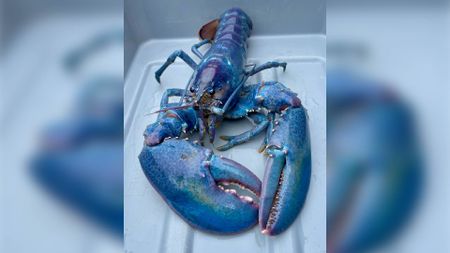
1-in-100 million 'cotton candy' lobster caught off New Hampshire alive and well at aquarium
By Tiffany Taylor Published
-
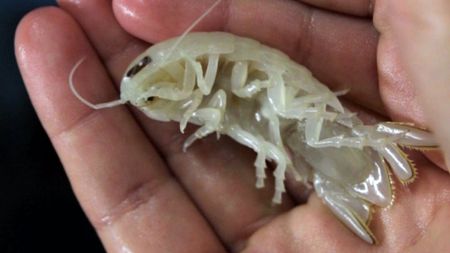
'You can see its guts and things': Weird see-through crustacean with giant eyes discovered off the Bahamas
By Melissa Hobson Published
-
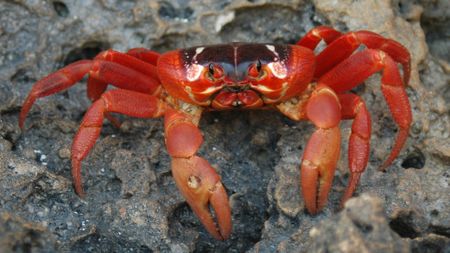
Crabs keep evolving to go from the sea to the land — and back again
By Carys Matthews Published
-
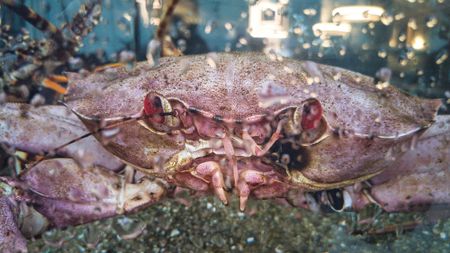
More than 10 billion snow crabs starved to death off the coast of Alaska. But why?
By Sascha Pare Published
-
Extinct species
-
-

T. rex quiz: How much do you really know about the king of the dinosaurs?
By Chris Simms Published
-

Giant 'cow of the Cretaceous' discovered almost 100 years ago identified as new duck-billed dinosaur
By Skyler Ware Published
-

Spinosaurus relative longer than a pickup truck stalked Thailand's rivers 125 million years ago
By Patrick Pester Published
-
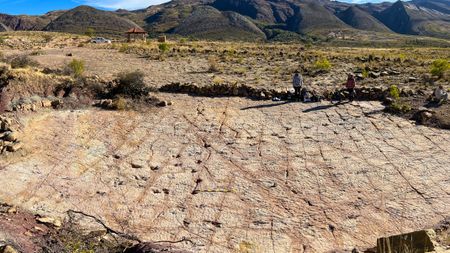
18,000 dinosaur tracks discovered along ancient Bolivian coastline — and they set a new record
By Sascha Pare Published
-

Large, bone-crushing dogs stalked 'Rhino Pompeii' after Yellowstone eruption 12 million years ago, ancient footprints reveal
By Patrick Pester Published
-
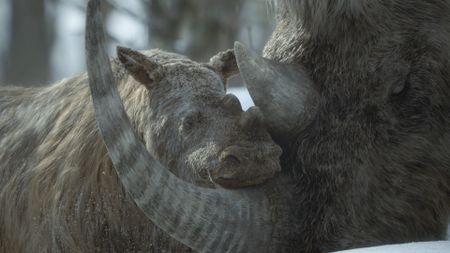
How to watch 'Prehistoric Planet' – Streaming details as new season 'Ice Age' lands on Apple TV
By Fran Ruiz Last updated
-
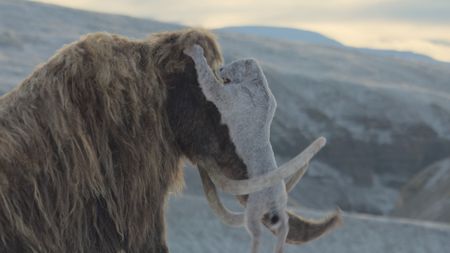
A new Apple TV series brings to life iconic animals of the last ice age.
By Sascha Pare Published
-
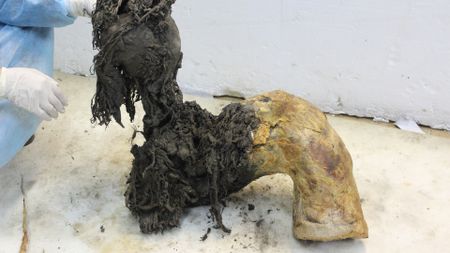
Mammoth RNA sequenced for the first time, marking a giant leap toward understanding prehistoric life
By Jeanne Timmons Published
-
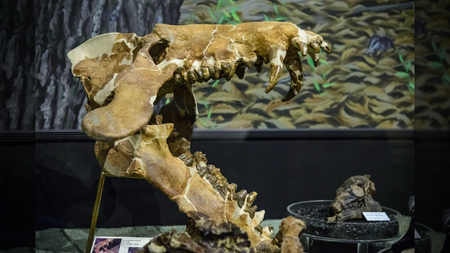
Giant North American 'hell pigs' could crunch bones like lions 30 million years ago, tooth analysis reveals
By Patrick Pester Published
-
Fish
-
-

Never-before-seen adorable pink bumpy snailfish with funny little beard filmed in deep canyon off California coast
By Kenna Hughes-Castleberry Published
-
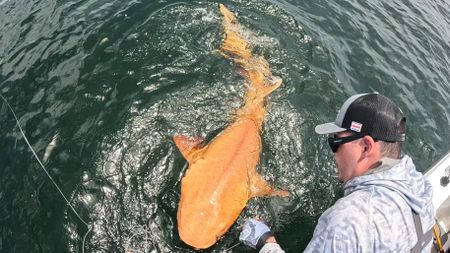
Fishers discover first-of-its-kind bright orange shark with two rare conditions in Caribbean
By Patrick Pester Published
-
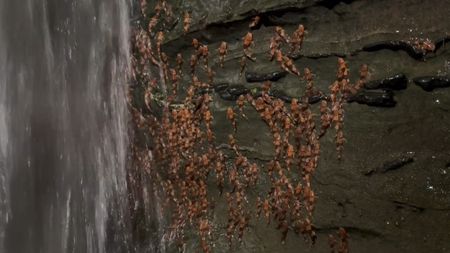
Thousands of bumblebee catfish captured climbing waterfall in never-before-seen footage
By Olivia Ferrari Published
-

How to watch Shark Week 2025: Live TV & streaming schedule for Discovery special
By Fran Ruiz Last updated
-
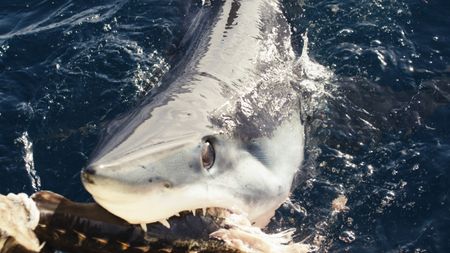
Shark Week team discovers unusual 'black makos' off California coast
By Hannah Osborne Published
-
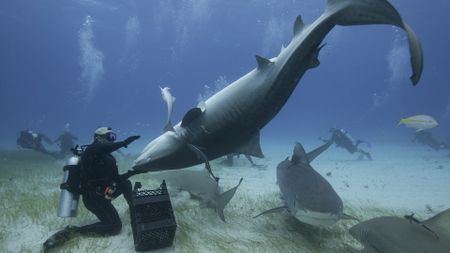
Why do sharks freeze when flipped upside down?
By Melissa Hobson Published
-
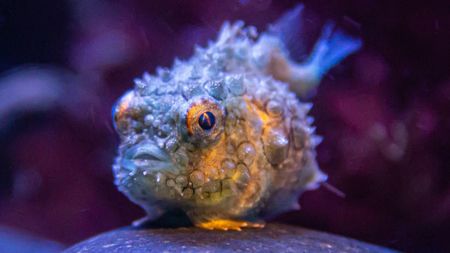
Pacific spiny lumpsucker: The adorable little fish with a weird suction cup resembling human teeth
By Liz Langley Published
-
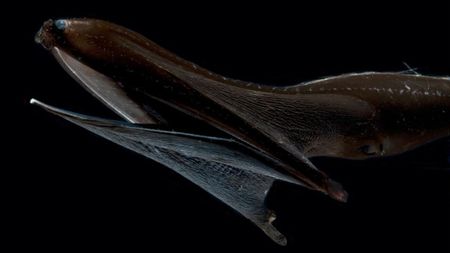
Pelican eel: The midnight zone 'gulper' with a giant mouth to swallow animals bigger than itself
By Mindy Weisberger Published
-
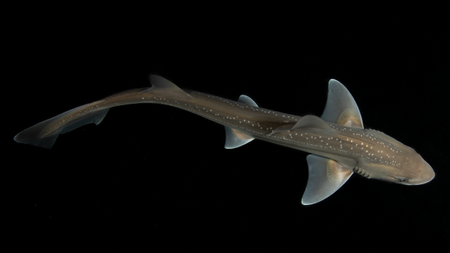
Do sharks make noises? An accidental discovery might just answer that question
By Jacklin Kwan Published
-
Insects
-
-
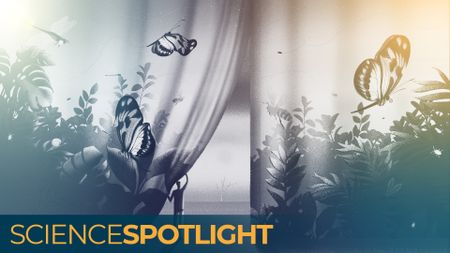
A looming 'insect apocalypse' could endanger global food supplies. Can we stop it before it's too late?
By Joanna Thompson Published
-
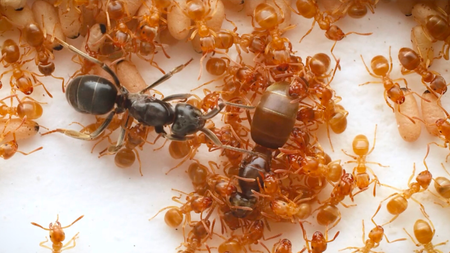
'Nothing but a nightmare': Worker ants are tricked into murdering their mom by an imposter queen — who quickly takes the throne for herself
By Chris Simms Published
-

How did metamorphosis evolve?
By Marilyn Perkins Published
-

Are there any countries with no mosquitoes?
By Clarissa Brincat Last updated
-
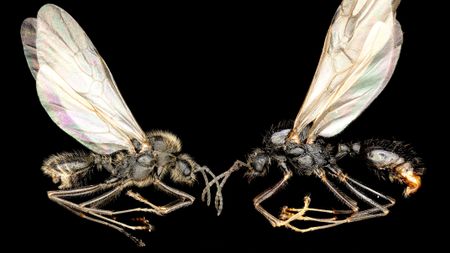
'Almost like science fiction': European ant is the first known animal to clone members of another species
By Sophie Berdugo Published
-
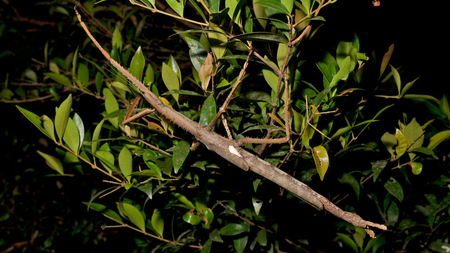
Creepy new giant insect may be the heaviest ever recorded in Australia
By Patrick Pester Published
-
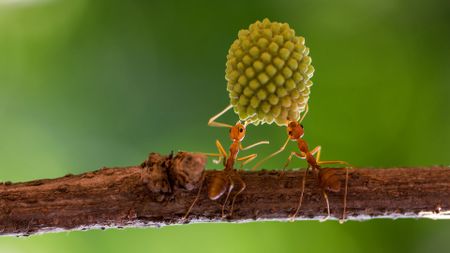
Insects: Facts about the creepy-crawlies that make up more than half of the world's animal species
By Sascha Pare Published
-
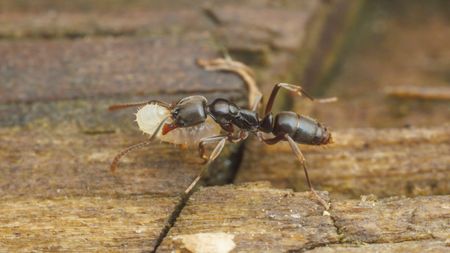
Invasive Asian needle ants are surging in US Southeast — and their bite can trigger anaphylaxis
By Sascha Pare Published
-
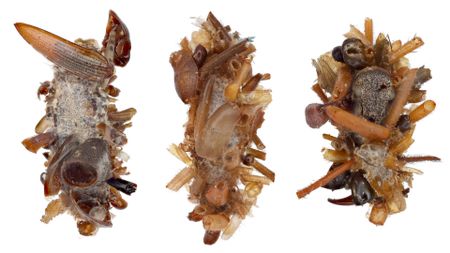
Bone collector caterpillar: The very hungry caterpillar of your nightmares
By Jesse Steinmetz Published
-
Land Mammals
-
-

Did any cat breeds develop naturally?
By Katherine Irving Published
-

Did reintroducing Wolves to Yellowstone really cause an ecological cascade?
By Olivia Ferrari Published
-
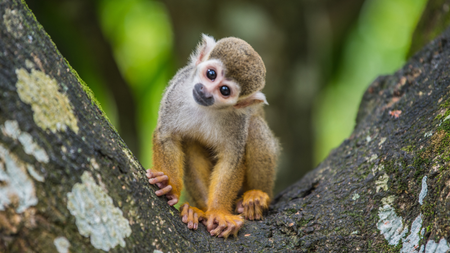
Primates Quiz: Go ape and test your knowledge on our closest relatives
By Sophie Berdugo Published
-

Cats meow more at men to get their attention, study suggests
By James Price Published
-
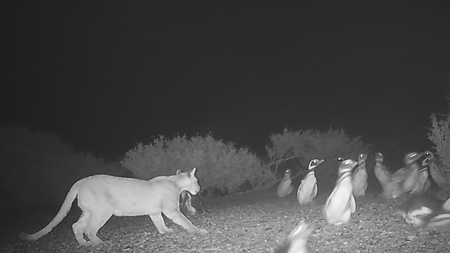
Pumas in Patagonia started feasting on penguins — but now they're behaving strangely, a new study finds
By Skyler Ware Published
-

Polar bears in southern Greenland are 'using jumping genes to rapidly rewrite their own DNA' to survive melting sea ice
By Sarah Wild Published
-
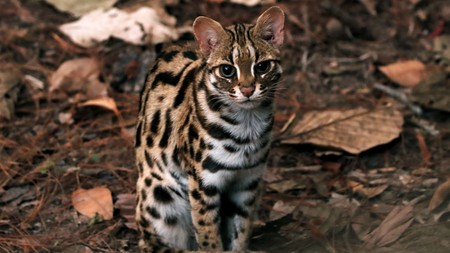
People in China lived alongside 'chicken-killing tigers' long before domestic cats arrived
By Chris Simms Published
-

Most modern dogs have wolf DNA from relatively recent interbreeding. Here's which breeds are the most and least 'wolfish.'
By Skyler Ware Published
-
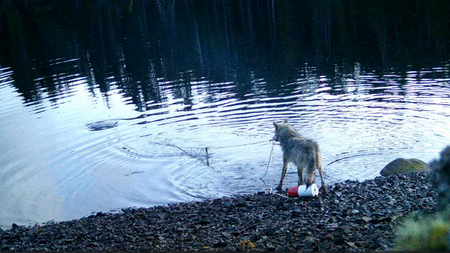
Wolf stealing underwater crab traps caught on camera for the first time — signalling 'new dimension' in their behavior
By Patrick Pester Published
-
Marine Mammals
-
-

Orcas are adopting terrifying new behaviors. Are they getting smarter?
By Sascha Pare Published
-

Killer whales are teaming up with dolphins on salmon hunts, study finds — but not everyone agrees
By Chris Simms Published
-
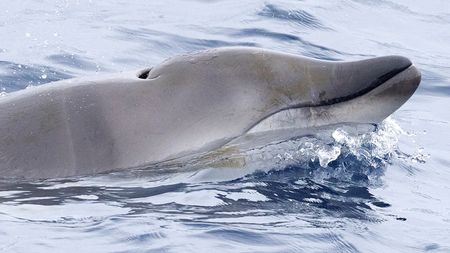
Scientists find rare tusked whale alive at sea for the first time — and shoot it with a crossbow
By Patrick Pester Published
-

Incredible, first-of-their-kind images show an orca being born in Norway — and the rest of its pod forming a protective circle
By Sascha Pare Published
-
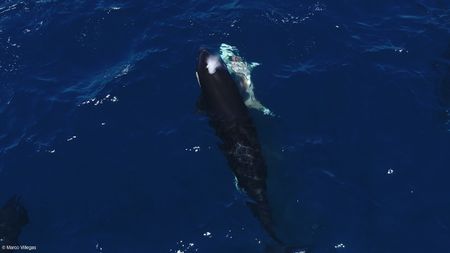
Orcas in the Gulf of California paralyze young great white sharks before ripping out their livers
By Sascha Pare Published
-
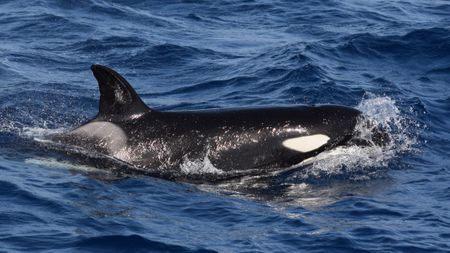
'We completely freaked out': Orcas are attacking boats in Europe again
By Patrick Pester Published
-
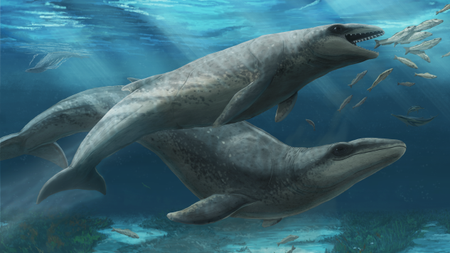
Ancient predatory whale with big eyes and razor-sharp teeth was 'deceptively cute'
By Patrick Pester Published
-
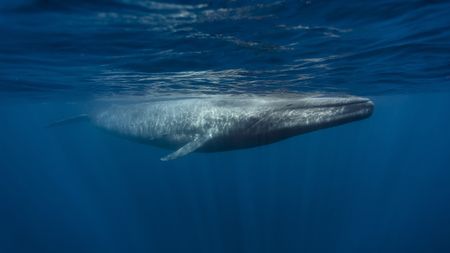
No, blue whales aren't going silent off California. Here's why.
By Patrick Pester Published
-
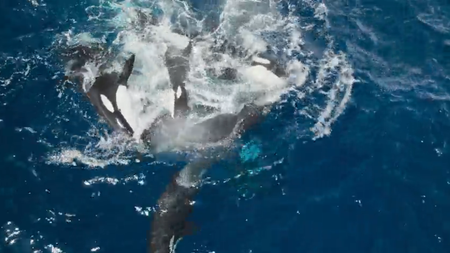
Watch a pod of orcas pretending to drown one of their own in macabre training session
By Sascha Pare Published
-
Mollusks
-
-
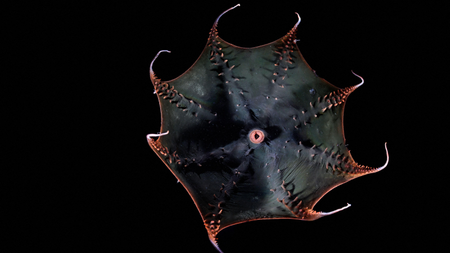
Scientists finally sequence the vampire squid's huge genome, revealing secrets of the 'living fossil'
By Kenna Hughes-Castleberry Published
-
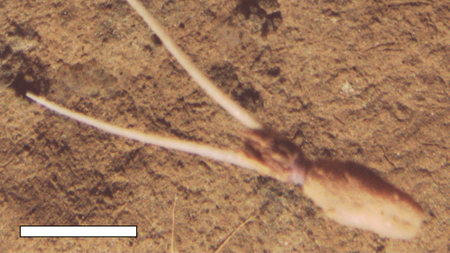
'Very novel and very puzzling': Unknown species of squid spotted burying itself upside down, pretending to be a plant
By Kenna Hughes-Castleberry Published
-
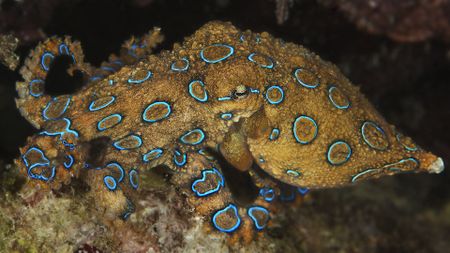
Why is the blue-ringed octopus so deadly?
By Elana Spivack Published
-
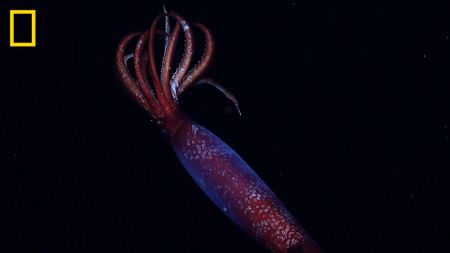
Haunting blood-red squid with large hooks drifts through Antarctic ocean's midnight zone in world-first video
By Patrick Pester Published
-
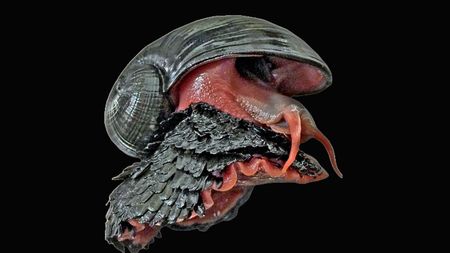
Scaly-foot snail: The armor-plated hermaphrodite with a giant heart that lives near scalding deep-sea volcanoes and never eats
By Mindy Weisberger Published
-

Watch elusive New Zealand snail lay an egg through a 'genital pore' in its neck
By Pandora Dewan Published
-
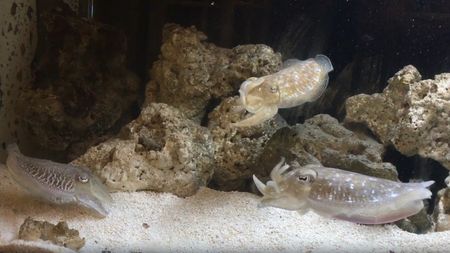
Cuttlefish appear to wave at each other in what researchers think could be a form of communication
By Olivia Ferrari Published
-
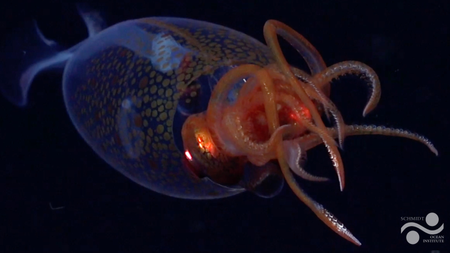
Elusive colossal squid finally caught on camera 100 years after discovery in world 1st footage — and it's tiny
By Jess Thomson Published
-
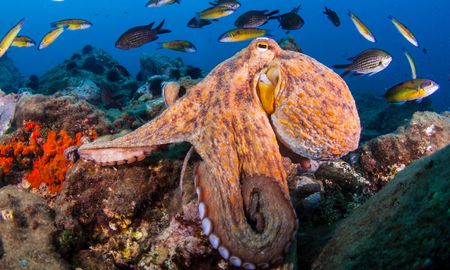
Octopuses: Facts about the 8-armed geniuses of the sea
By Patrick Pester Last updated
-
Reptiles
-
-
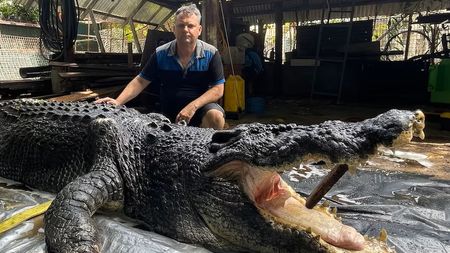
Cassius the giant crocodile died from sepsis after 40-year-old dormant infection burst from 'abscess,' necropsy reveals
By Sascha Pare Published
-
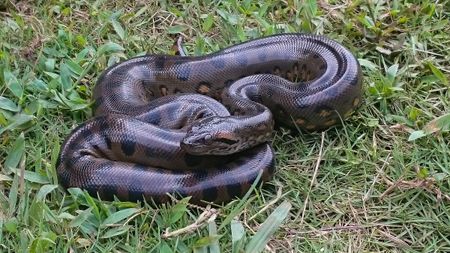
Anacondas became massive 12 million years ago — and it worked so well, they haven't changed size since
By Skyler Ware Published
-

Venomous snake strikes captured in extreme detail through high-speed videos for first time
By Skyler Ware Published
-

Scientists could soon create a 'universal antivenom.' But would it save lives?
By Payal Dhar Published
-
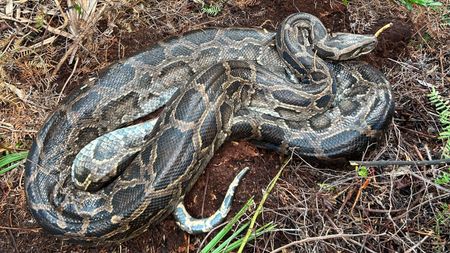
Cold snap in Florida made Burmese python puke up a whole deer
By K.R. Callaway Published
-
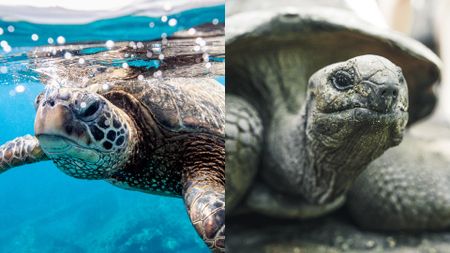
What's the difference between a turtle and a tortoise?
By Charles Q. Choi Published
-
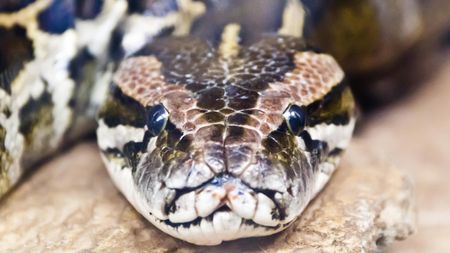
Scientists discover Burmese pythons have never-before-seen cells that help them digest entire skeletons
By Skyler Ware Published
-
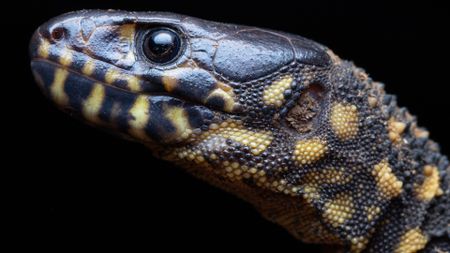
Night lizards survived dinosaur-killing asteroid strike despite living right next to impact site
By Patrick Pester Published
-
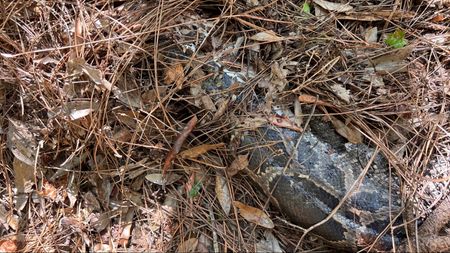
Florida bobcat bites the head off of 13-foot Burmese python in the Everglades
By Skyler Ware Published
-
More about Animals
-
-

Orcas are adopting terrifying new behaviors. Are they getting smarter?
By Sascha Pare Published
-

Primates Quiz: Go ape and test your knowledge on our closest relatives
By Sophie Berdugo Published
-
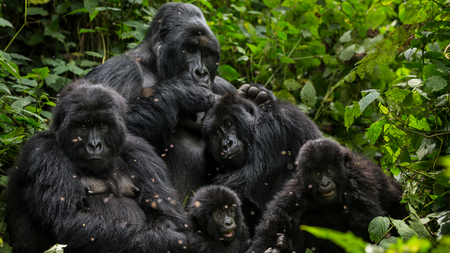
Science history: Dian Fossey found murdered, after decades protecting gorillas that she loved — Dec. 27, 1985
By Tia Ghose Published
-

